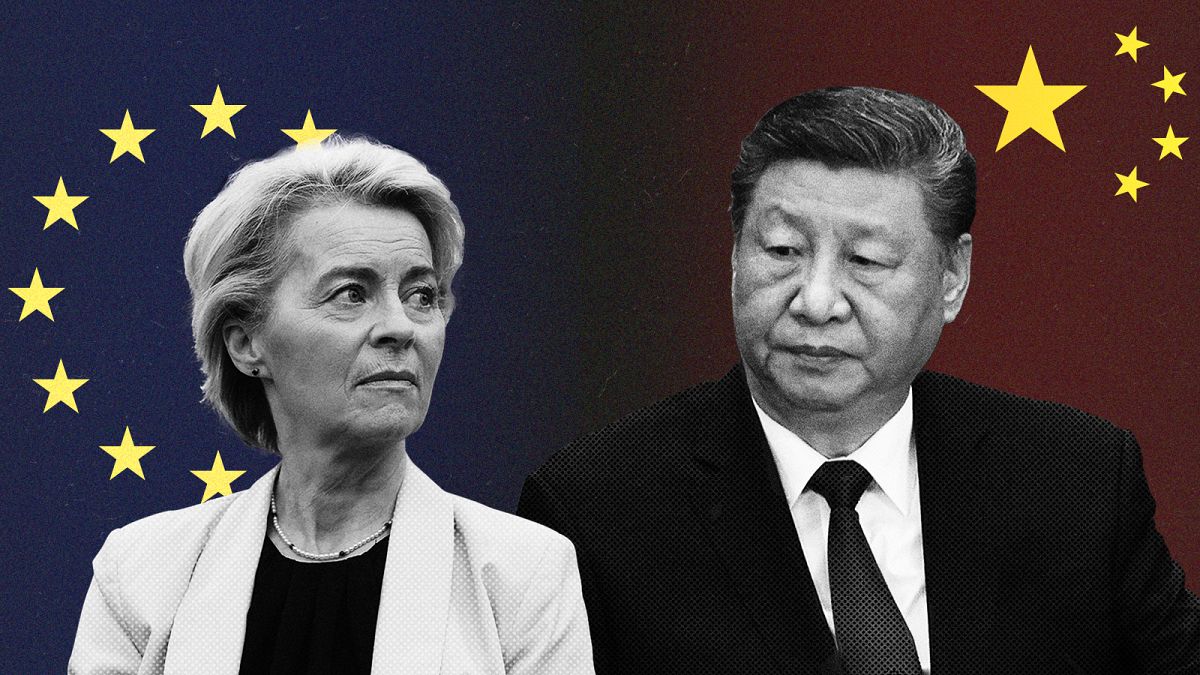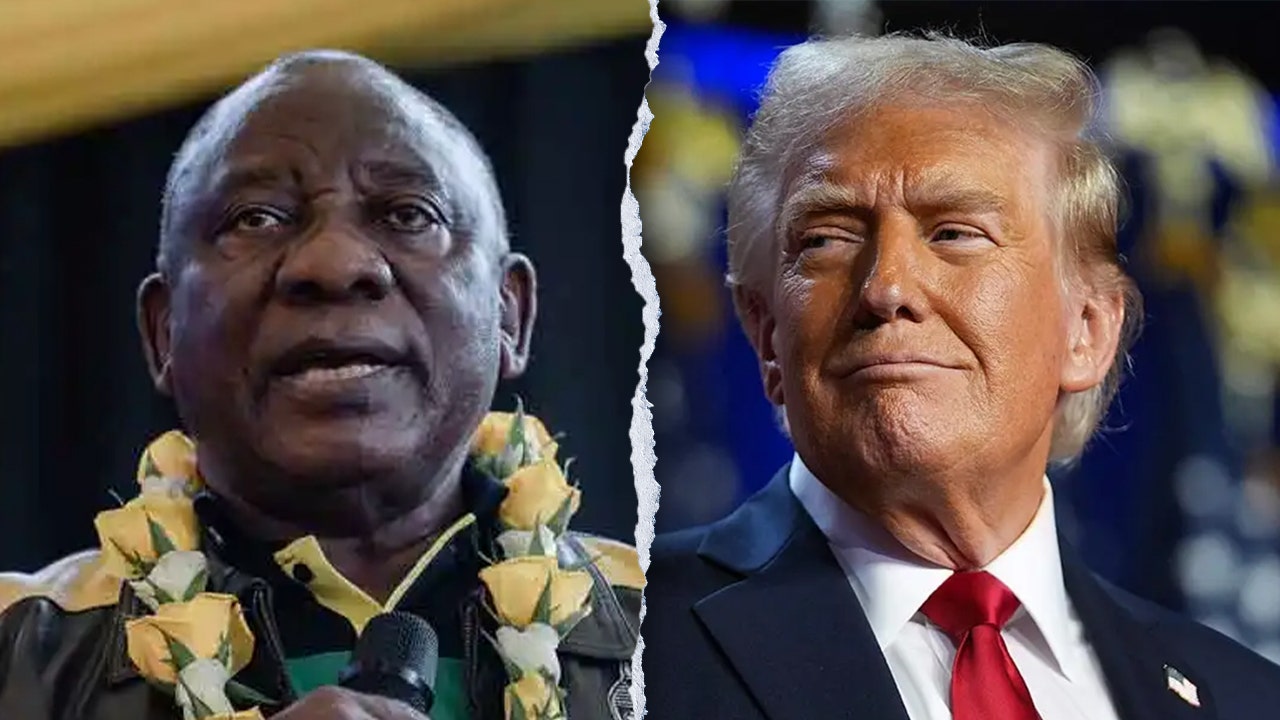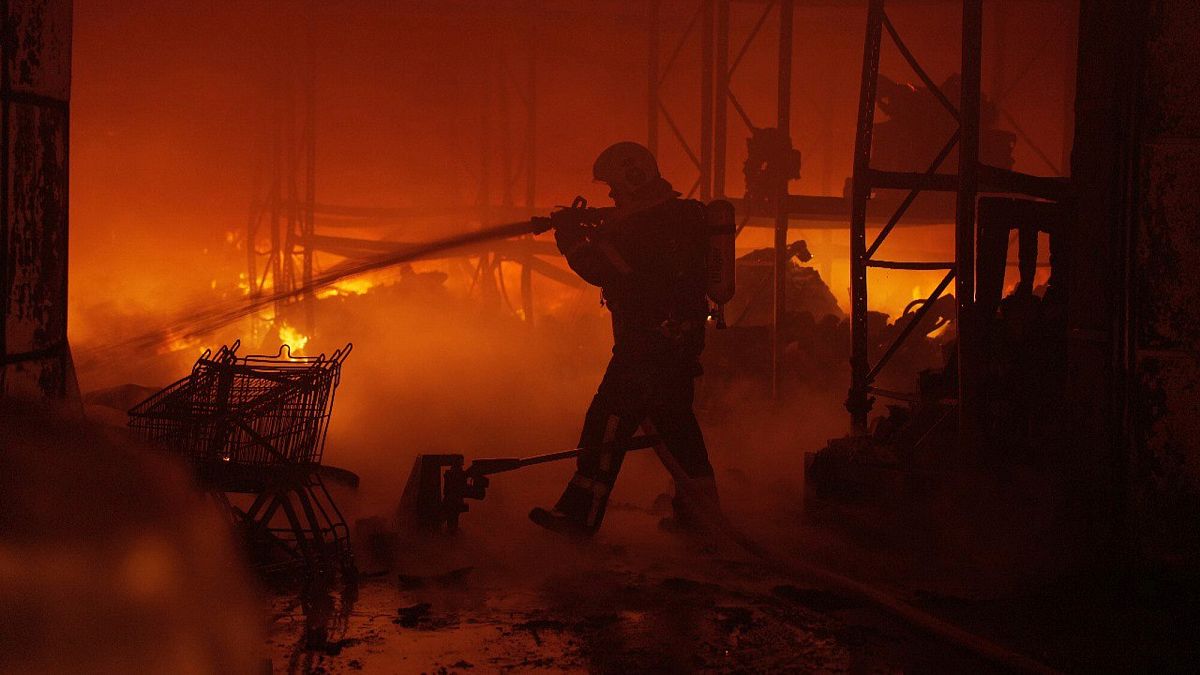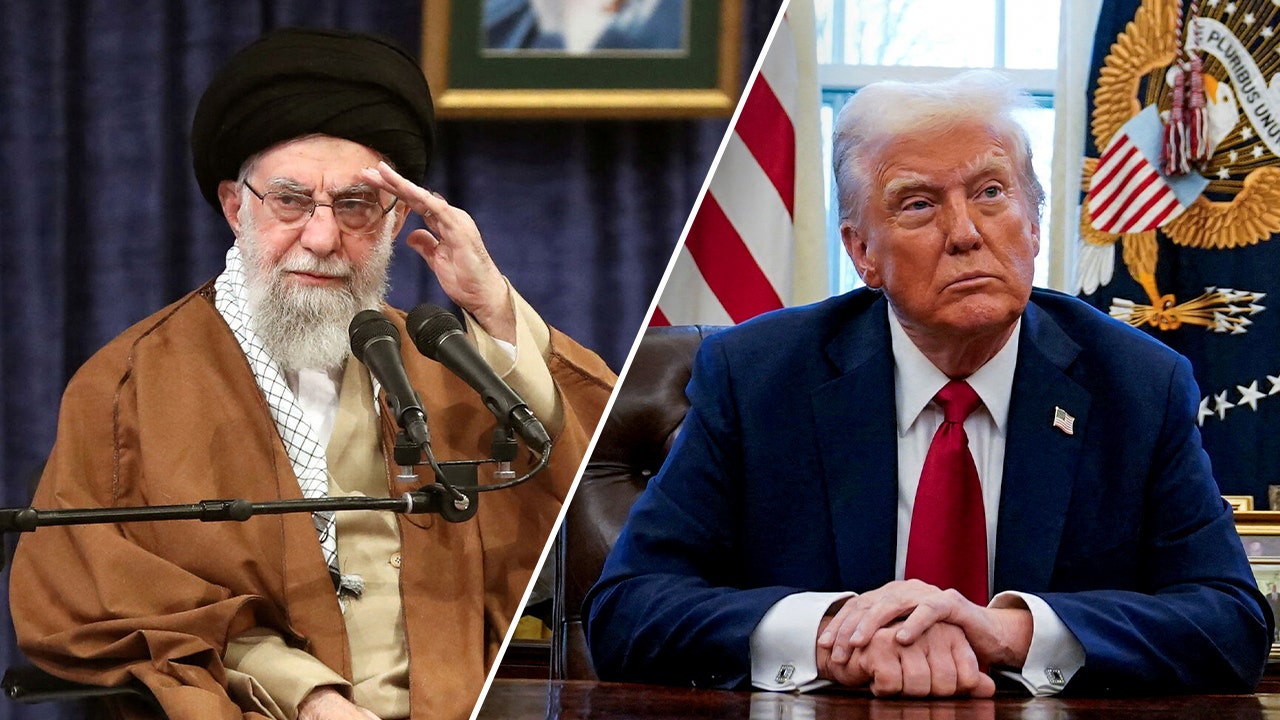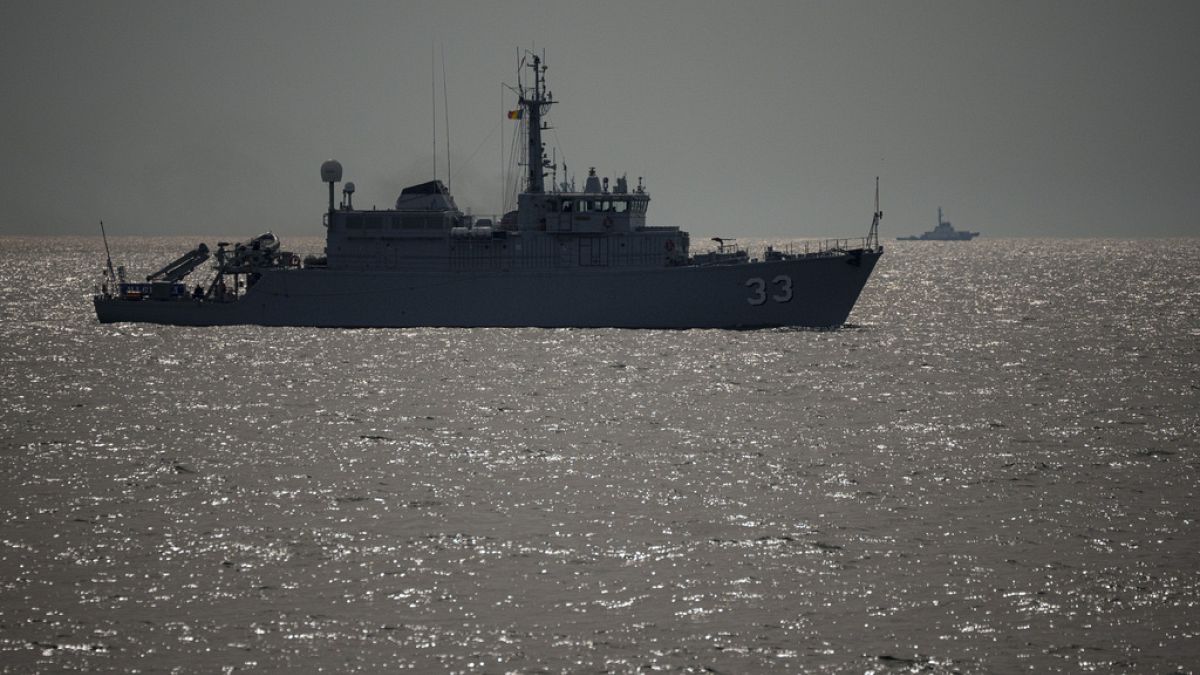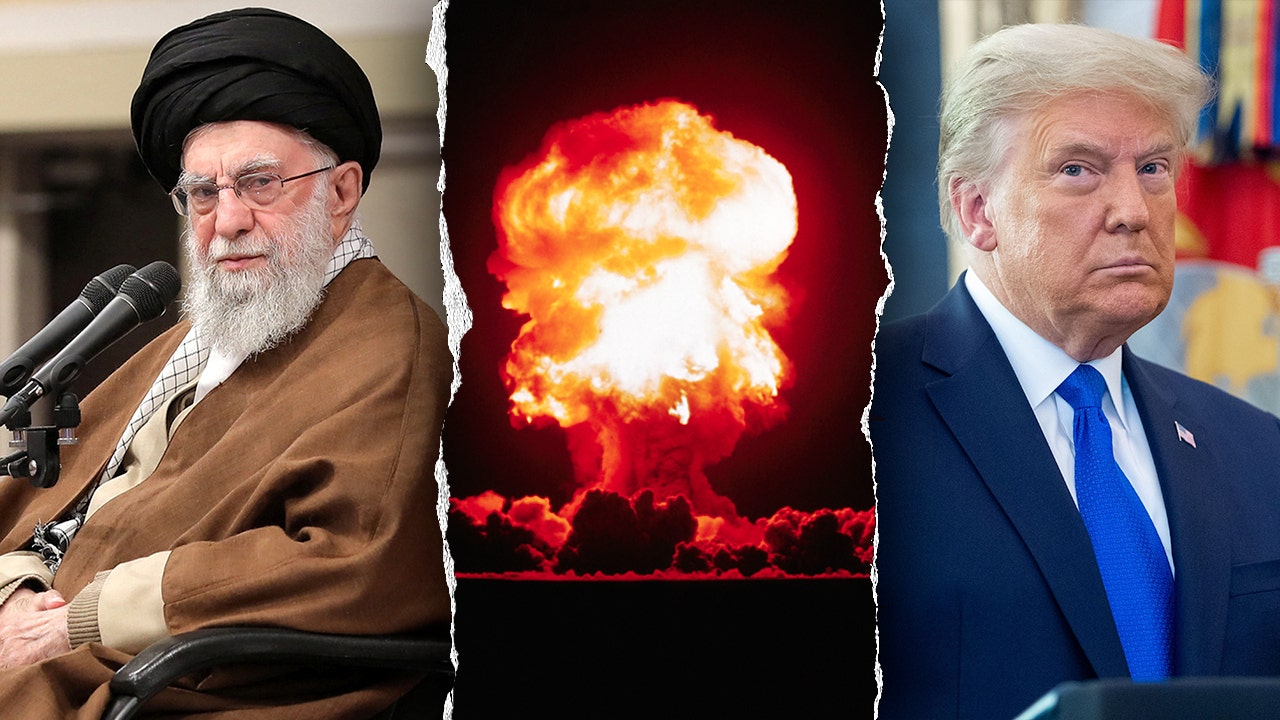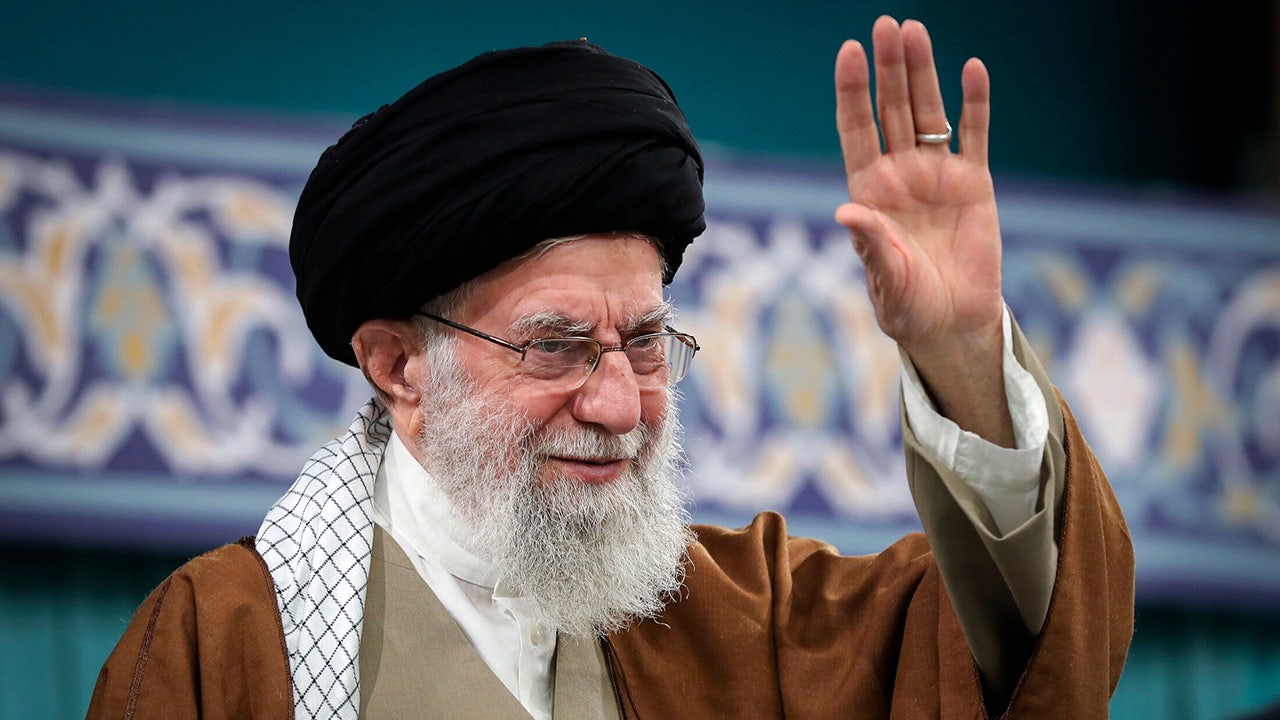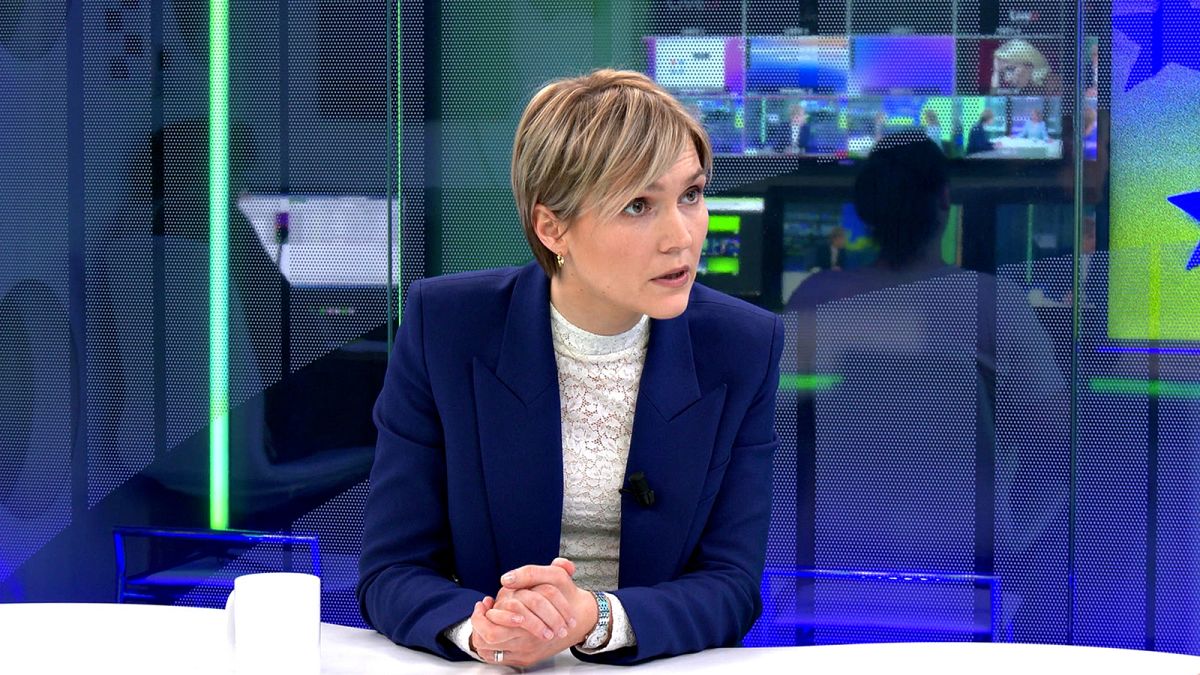As the EU seeks to reduce its security dependence on the US and buy more military equipment in Europe, tanks are one area in particular where the continent is not lagging, according to researchers.
Yet the European market for armoured vehicles is fragmented and hindered by a lack of standardisation, which limits production, defence and political experts told Euronews.
The issue is firmly in the spotlight as Europe responds to US pressure to boost defence spending since President Donald Trump’s return to the White House in January. Russia’s full-scale invasion of Ukraine has spurred the EU to consider its military self-sufficiency.
On paper, Europe’s stock of tanks looks relatively healthy. The EU’s armies have a total of 4,262 tanks, slightly fewer than the 4,640 armoured vehicles in the US, according to data from Global Firepower.
Greece leads the way with 1,344 vehicles, followed by Poland with 614 and Romania with 328. By comparison, Germany and France have 296 and 215 tanks respectively.
While Greece stands out because of historical tensions with Turkey, Warsaw has beefed up its arsenal in response to the threat posed by Russia.
According to the experts who spoke to Euronews, the technical performance of European and US equipment is on a par.
“We need to nip in the bud the idea that we are lagging behind the Americans,” said Alain De Neve, research officer at the Royal Higher Institute for Defence, a think tank for Belgian’s defence ministry.
“In Europe, we have the know-how, the design offices, the technologies and the scientific research that enable us to offer equipment that is at the same level as that of the US,” he added.
However, sourcing from the US does provide an advantage, according to De Neve.
“From the moment you acquire armoured capabilities, you have all the sub-systems that go with them, the ammunition, the maintenance and the logistics,” he explained.
“You could say that where the Europeans are developing weapons systems, the Americans are offering the ecosystems that go with them.”
An industrial issue
One of the main challenges for the defence industry in Europe when it comes to procuring tanks is the highly fragmented market across the continent.
There are several companies and numerous models, such as the French Leclerc, the German Leopard and the Italian Ariete, all with different systems, which limits industrial output.
The Leopard is designed to withstand a massive land attack and capable of delivering significant firepower. Its French equivalent is considered more of a “hyper-technological” tank capable, among other things, of firing accurately while rolling.
However, new technologies were added between the design and manufacture of the Leclerc tank, resulting in additional costs and limiting production.
“At the moment, if we look at all the European armoured vehicles available to European countries, we have around 10, or even more, models, whereas the Americans manufacture three or four models of armoured vehicles of a similar type,” De Neve said.
Dozens of different European models mean different training, different parts, and, therefore, different maintenance. The question of standardising equipment has been raised for many years, but the cost of this has been cited as a prohibiting factor.
“This is one of the difficulties facing the armaments industry,” said Christophe Wasinski, professor at the Centre for Research and Studies in International Politics at the Université Libre de Bruxelles (ULB).
“Companies based in national states are supported by the political authorities, who have an interest in maintaining a large number of companies producing different models, for economic and possibly employment reasons,” he told Euronews.
In its white paper on defence presented last month, the European Commission proposed that the 27 member states make joint purchases. In its view, such joint orders would help strengthen the interoperability of military equipment between member states. The Commission also wants to encourage countries to limit the fragmentation of the market.
In recent years, the EU nations have placed about two-thirds of their orders with US defence companies.
EU finance ministers are this week discussing the establishment of a joint intergovernmental defence fund to buy and own defence equipment.
Read the full article here

